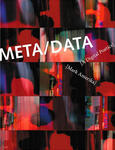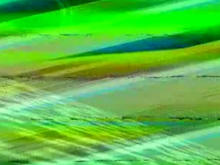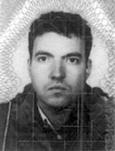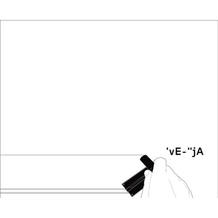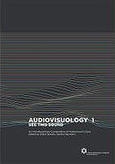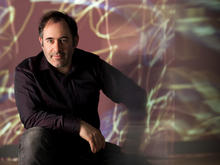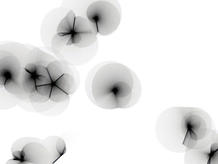Sebastian Oschatz
is a German media artist with a background in Computer Science and one of the founders of the Frankfurt-based media company Meso, established in 1997 to work with experimental media interfaces and interactive installations.
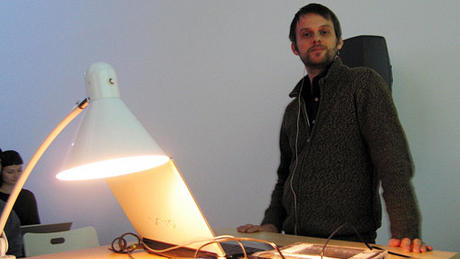
At one point Sebastian Oschatz was a third of the experimental music ensemble Oval, famous for their uncompromising systems-based approach to the creation of sound. Oval did away with instruments and musical structures, pioneering the use of "glitch" sounds and microsamples. In 1995 Oschatz created a series of generative music videos for Oval, using custom software running on a SGI Onyx supercomputer. The group later split up.
Oschatz is one of the founders of the Frankfurt-based media company Meso, established in 1997 to work with experimental media interfaces and interactive installations. Meso works with big name clients like Lufthansa, FIFA and Volkswagen, creating computational exhibition designs.
Meso is also the developer of the visual programming tool VVVV, created originally to run Meso's own projects. VVVV has since snowballed into a freely available programming environment with a growing fan base. VVVV is well-suited for realtime video synthesis, and gives easy access to a range of control protocols like MIDI, OSC and DMX-512. In general it is an excellent tool for sound-responsive visual performance. See the previous blog entry on VVVV for more details.
In addition to Meso, Oschatz co-founded Involving Systems, a label for interactive audio works. The concept behind Involving Systems is to involve the visitor in the music-making process, exposing it to manipulation through lo-fi interaction devices. A good example is inv.sys.3.1, an "interactive breakbeat entertainment system". A leitmotif in Oschatz’ work is an interest in a system-based approach to creation and the use of physical interfaces to open the work up to interaction. For some of his own thoughts on the subject, read this interview with frequency magazine.
Source: Generator.x
